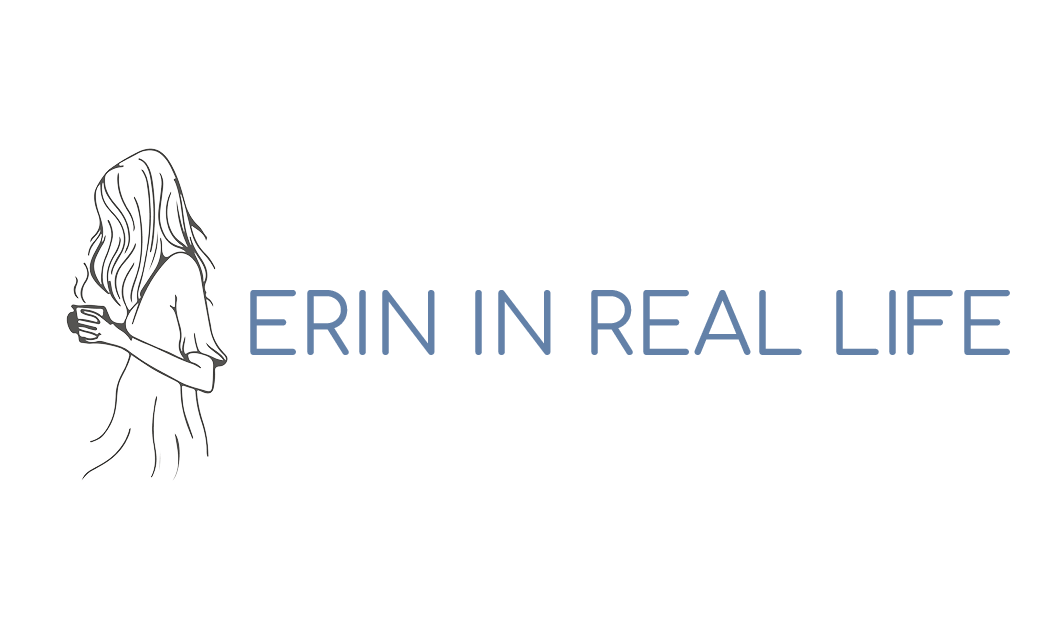How it Started

My mom didn’t want anyone treating her differently, so we didn’t make a big fuss. On the outside, you’d never have known. Since she didn’t have to undergo chemotherapy, she didn’t lose her hair, lose weight, or experience any of the other tell-tale signs that typically come with treatment. She just went on as usual, waiting for the all clear to transition from “I have cancer” to “I had cancer.”
We had no idea what we were in for.
On February 13, 2021, I sat in the emergency room with my mom as the doctor came in and told us, “we found a mass.” This time, it was in her brain.
Two days later, my mom was in the operating room having a craniotomy to debulk her peach-sized tumor. Official pathology would later confirm that it was worse than we could’ve ever imagined; she had Glioblastoma.
Drawing one cancer stick is hard enough withough getting handed a second. Glioblastoma is a primary brain cancer and not the result of another cancer metasticizing and spreading to the brain. One of the reasons it is so hard to fight is that not much will cross the blood-brain barrier to attack the cancer cells. You can treat GBM for a time, but there is no cure.
My mom was never going to be able to say “I had cancer” ever again.
The first few weeks following her diagnosis were the scariest of my life. Google can be both friend and foe. Depending on where you look, GBM patients may expect to live anywhere from 8-18 months (on average) after diagnosis. We never got an official prognosis for my mom. She told everyone on her care team, “I don’t want to know what my expiration date is.” Two things were certain–time left with my mom was suddenly dwindling and there was no way I wasn’t going to be with her every step of the way.
I started grieving that day in the ER, and I haven’t stopped since.

